



The functionality of high-pressure cleaners hinges on a straightforward yet effective mechanism. An electric motor or a petrol engine powers the pump, which draws water from a source. This water, often at a standard household pressure, is then pressurised as it passes through the pump’s impeller and nozzle system.
As the fluid reaches a narrow nozzle, the reduction in diameter accelerates the flow, resulting in a concentrated jet of water that can easily remove dirt, grime, and other stubborn residues. The pressure generated varies based on the model and intended use, impacting cleaning effectiveness.
For optimal results, selecting the right nozzle for the job is crucial. Different nozzles create varying spray patterns, allowing for adjustments depending on the surface and type of debris. Abrasive cleaning, for instance, benefits from a pinpoint stream, while broader surfaces require a fan spray.
Maintaining and understanding the components–like the pump, hoses, and filters–ensures longevity and reliable performance. Regular cleaning and inspection prevent clogs and reduce wear, allowing these machines to operate efficiently.
Understanding Operation of a Cleaning Device
For optimal performance, connect the unit to a suitable water supply and ensure the quick-connect wand is securely attached. Start with a lower pressure setting when approaching delicate surfaces to avoid damage.
This apparatus typically consists of a motor, water pump, and various attachments for versatility. The motor drives the pump, which takes in water. Once activated, the pump pressurises the water, creating a powerful jet that effectively removes dirt and grime.
Consider using specific nozzles for different tasks; a wider spray pattern is ideal for gentle cleaning, while a narrow jet stream excels at tough stains. Switching nozzles is simple and can significantly enhance your cleaning strategy.
Adjustable pressure settings allow fine-tuning based on cleaning requirements. Higher settings are suitable for heavy-duty tasks, while lower settings preserve fragile surfaces. Experimenting with these settings can lead to discovering the best approach for each project.
Incorporating appropriate cleaning solutions can enhance results, especially for stubborn stains. Ensure that detergents are compatible with the machine to prevent any damage. Follow manufacturer guidelines regarding chemical use.
Always follow safety protocols: wear protective gear, keep children and pets at a safe distance, and ensure connections are secure to avoid leaks. Storing the unit properly when not in use will prolong its lifespan and maintain optimal performance.
By understanding these operational principles, you can achieve excellent results and make the most of your cleaning equipment, turning a mundane task into a manageable one.
Principles of Water Pressure Generation
To achieve optimal cleaning outcomes, understanding the mechanics behind water pressure generation is paramount. Water is drawn from a source, typically a garden hose or reservoir, and is propelled by a motor-driven pump. The pump compresses water, transforming low pressure from the supply into high pressure suitable for various cleaning tasks.
Components Impacting Pressure
The heart of this system lies in the pump design, which can vary greatly among different models. A piston pump is commonly employed due to its remarkable ability to create substantial pressure. The motor drives pistons that push water through a narrow orifice, causing an increase in velocity and pressure. This mechanism results in a concentrated jet ideal for removing dirt and grime.
Another significant factor influencing generated pressure is nozzle selection. Nozzles can vary in size and design, affecting the water flow rate and pressure. A smaller nozzle will produce a finer spray with higher pressure, while a larger nozzle results in a broader spray pattern with decreased pressure. Selecting the appropriate nozzle based on the cleaning task enhances performance and efficiency.
Maintaining Optimal Performance
Regular maintenance of the cleaning apparatus is crucial to sustain water pressure. Clogged filters and nozzles can impede flow and diminish pressure output. Periodically checking for obstructions and ensuring all components are in good condition will aid in maintaining the device’s efficiency over time. Additionally, utilizing high-quality hoses and connections is essential to prevent pressure loss during operation.
Components of a Karcher Pressure Washer
A thorough understanding of each component enhances maintenance and extends lifespan. Key elements include the motor, pump, hose, and nozzle. Each part has a specific role in generating high-pressure water for thorough cleaning tasks.
Motor and Pump Arrangement
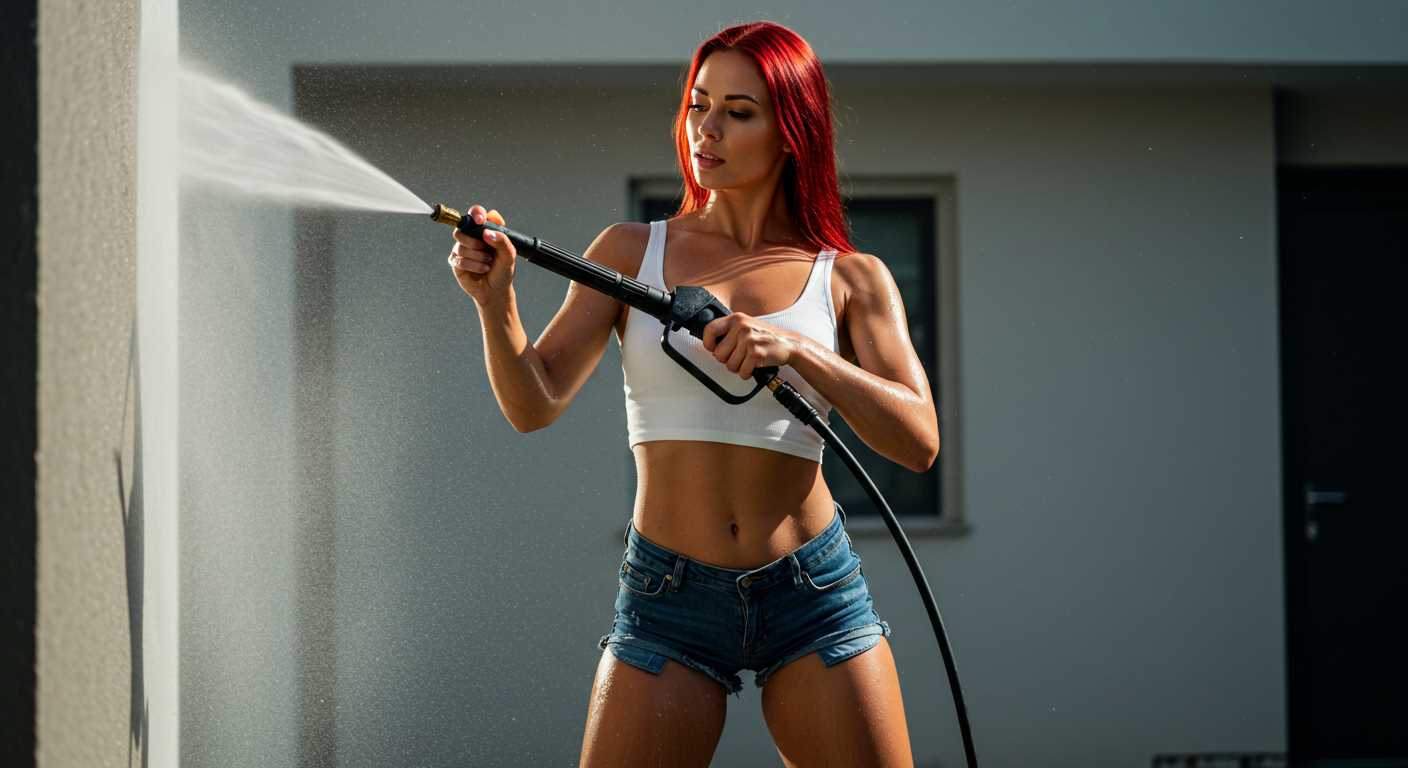
The motor powers the unit, typically electric or petrol. Electric motors are common for home use, offering convenience and quiet operation. The pump receives energy from the motor, converting it into hydraulic energy by compressing water. Two primary pump types are axial and triplex, with triplex designs being more durable for professional applications.
Hose and Nozzle Characteristics
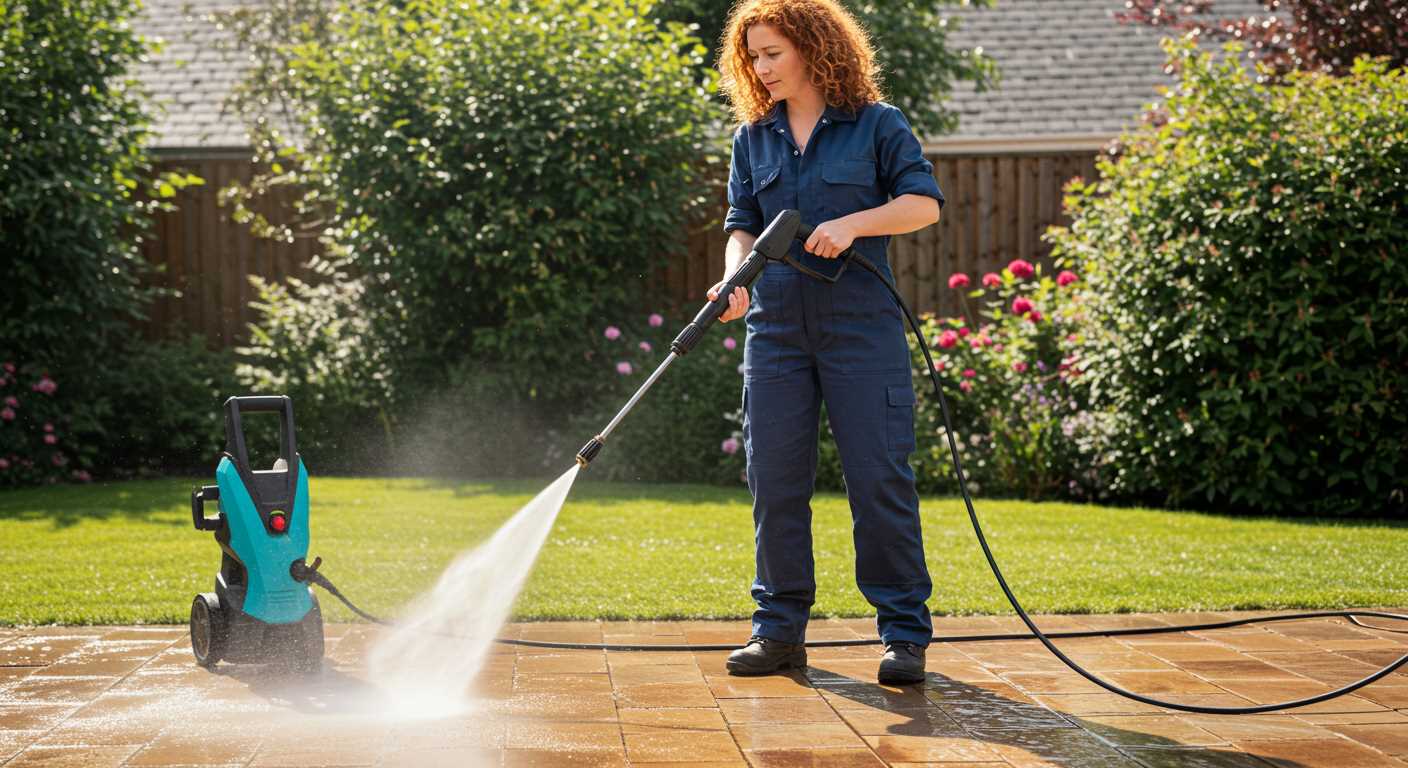
The hose transports water from the machine to the nozzle. Quality hoses resist kinks and are often reinforced to prevent bursting under pressure. Nozzles play a crucial role, offering adjustable spray patterns, from concentrated jets for tough stains to wide sprays for delicate surfaces. Selecting the correct nozzle based on the cleaning task optimises performance.
| Component | Function |
|---|---|
| Motor | Drives the pump to generate water pressure |
| Pump | Compresses water, creating high pressure |
| Hose | Delivers water to the nozzle |
| Nozzle | Adjusts water spray pattern and pressure |
Understanding these components allows for more informed choices when maintaining or purchasing a unit. Each piece works harmoniously to provide efficient cleaning. Regular checks of hoses and nozzles can prevent performance issues and ensure successful cleaning sessions.
Electric Motor Mechanism Behind Pump Action
Electric motors serve as the driving force behind pump operation, crucial for generating the required water flow and pressure. Understanding this mechanism highlights the efficacy of these cleaning machines.
1. Motor Specifications: Look for motors with adequate wattage ratings, typically ranging from 1300 to 2000 watts for household units. Higher wattage allows for increased performance and longevity.
2. Motor Types: The most common types are universal and induction motors. Universal motors are lightweight and provide high RPM, making them suitable for portable versions. Induction motors, being more robust, excel in durability and quieter operation, ideal for stationary units.
3. Transmission of Power: When activated, the electric motor translates electrical energy into mechanical energy, typically through the rotation of its rotor. This rotational motion is then delivered to the pump via a shaft, creating kinetic energy essential for water pressurisation.
4. Pump Integration: The pump is often a piston or axial type. When the motor rotates, it drives the pump pistons or impellers, pushing water at high velocity through narrow outlets. This design is pivotal for achieving desired spray patterns and forces.
5. Speed Control: Many modern electric motors incorporate variable speed control. This feature allows users to adjust pressure settings according to different cleaning tasks, enhancing versatility without sacrificing efficiency.
6. Cooling Mechanisms: Effective cooling systems, often integrated within the motor design, help prevent overheating during prolonged use. This includes cooling fans or heat sinks that prolong motor lifespan and performance consistency.
7. Maintenance Tips: Regular inspection of motor components, cleaning dust and debris, and ensuring electrical connections remain secure can optimise performance. Pay attention to unusual noises that may signal mechanical issues.
By concentrating on these aspects, the relationship between electric motors and pumps can be appreciated, revealing the intricacies of how these devices operate. Selecting models with superior motor technology directly impacts user experience and cleaning outcomes.
Understanding Pressure Settings and Nozzle Types
Choosing the right pressure setting and nozzle is critical for optimal performance and safety during cleaning tasks. Different applications require specific adjustments that can change the outcome of your work.
Pressure settings typically range from dial options or preset levels. Use low settings (around 1100 to 1500 PSI) for delicate surfaces like painted wood or glass. For tougher jobs such as concrete or heavy machinery, higher settings (up to 3000 PSI) are appropriate. Adjusting according to the task at hand will prevent damage.
-
Rotary Nozzle: Delivers a powerful, concentrated spray in a circular motion, ideal for removing tough grime from hard surfaces.
-
Fan Nozzle: Offers a wide spray pattern for general cleaning tasks, suitable for rinsing off dirt and debris without excessive force.
-
Soap Nozzle: Utilises a wider opening to draw soap into the spray. This is perfect for pre-treating heavily soiled areas, enhancing the cleaning process.
-
Short-Range Nozzle: Produces a more concentrated stream for stubborn stains in hard-to-reach spots.
Always consult your machine’s manual to ensure compatibility between the nozzle and pressure level. Mismatched settings can lead to inefficiency or damage, impacting the lifespan of your equipment. Regularly testing various settings can help you determine the optimal combination for your unique cleaning challenges.
Maintenance Tips for Optimal Performance
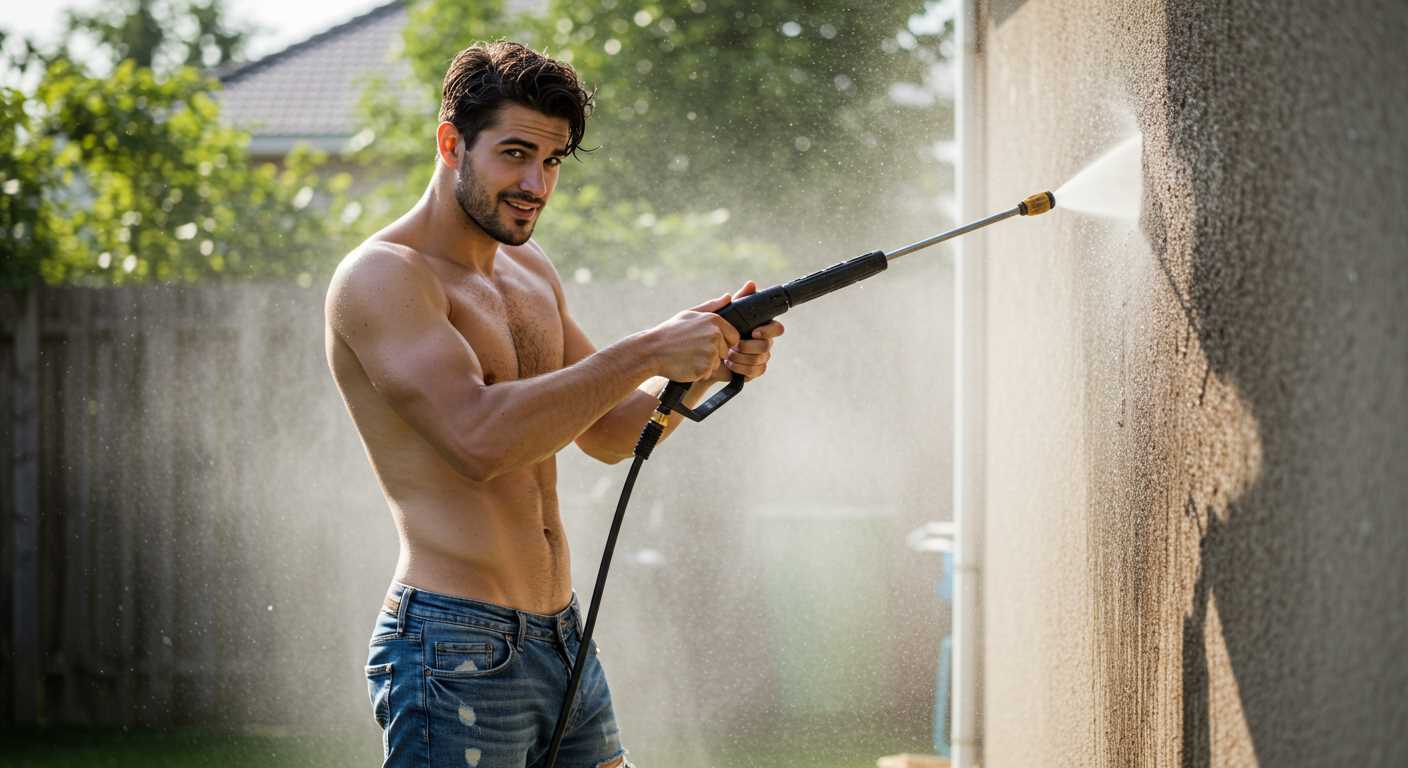
Regularly inspecting the power source for signs of wear will prolong the life of your unit. Ensure that the electrical connections remain secure and free from corrosion.
Flushing the water inlet filter after each use prevents debris from clogging the system. Clean it with fresh water to maintain optimal flow.
Inspect the hoses regularly for kinks, cracks, or leaks. Replace any damaged parts promptly to avoid pressure loss and ensure efficient operation.
Apply lubricant to moving parts as recommended in the manufacturer’s guidelines. This practice keeps components functioning smoothly and reduces wear over time.
Store the unit in a dry, frost-free environment. If storing for long periods, consider draining the water from the system to prevent internal freezing and damage.
Replace nozzles when they show signs of wear, such as uneven spraying or reduced pressure. This ensures that your machine operates at its best, providing effective cleaning results.
Periodically, test the pressure settings with a pressure gauge. This guarantees that the unit operates within the recommended parameters for various tasks.
Lastly, consult the user manual for specific maintenance schedules and practices tailored to your model. Following manufacturer instructions can significantly enhance longevity and performance.
Common Troubleshooting Techniques
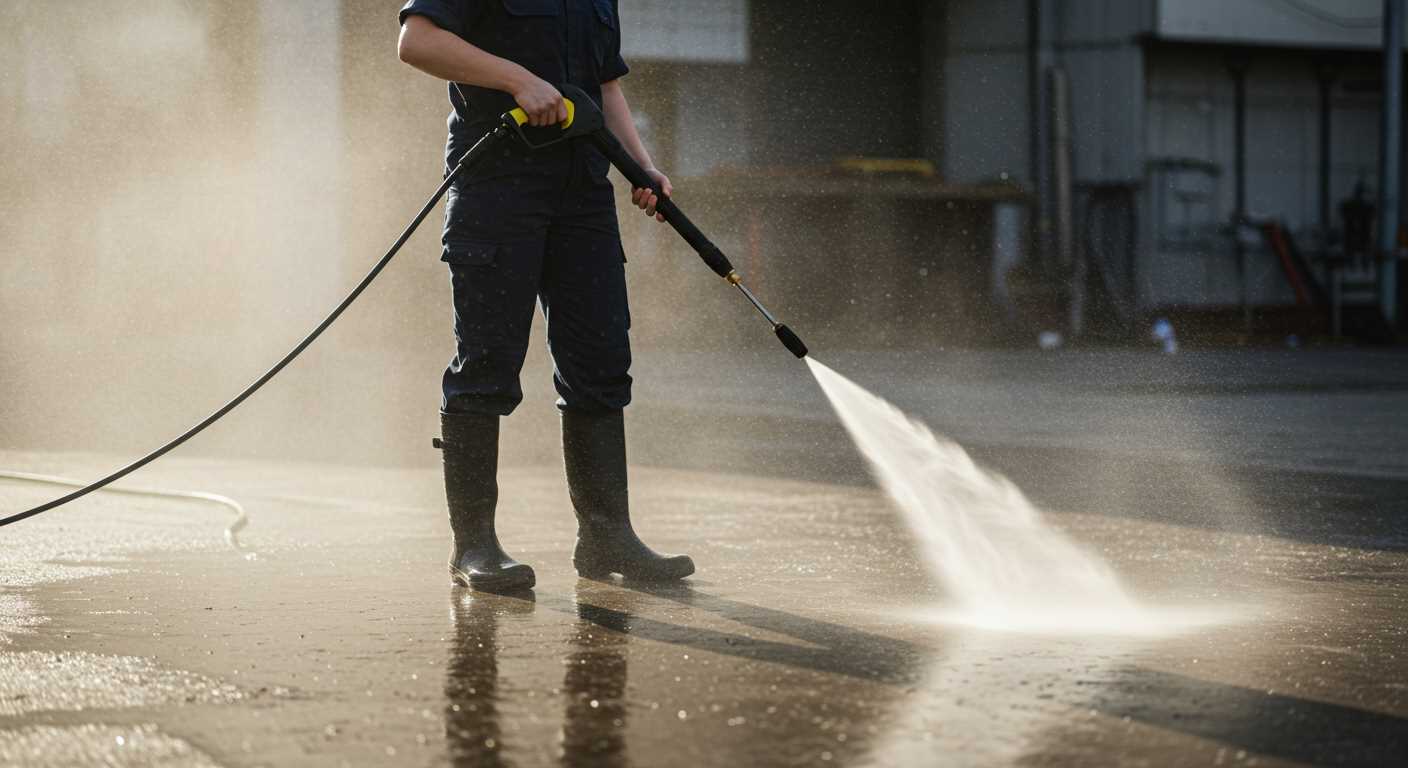
If low water flow occurs, inspect the inlet filter. Debris often clogs this component. Remove and clean it before reattaching. Ensure the hose is free of kinks and connections are tight.
In cases of fluctuating pressure, check the nozzle type being used. A suitable nozzle for the task is crucial. If the nozzle is worn or blocked, replace or clean it to restore consistent performance.
Noisy operation usually indicates a mechanical issue. Examine the motor and pump for signs of damage. Lubrication points should also be serviced regularly to minimise friction and noise.
For leaks, inspect all seals and fittings thoroughly. Over time, wear can lead to leaks. Replacing damaged gaskets or O-rings can often resolve this problem. Tightening connections may also help.
In situations where the unit won’t start, confirm the power source is functioning. Test the electrical outlet with another device. If the cord is damaged, replace it to ensure proper operation.
Regularly encounter air in the system? This could be due to a low water level or a faulty hose. Ensure the water supply is sufficient and that there are no breaks in the hose, which may allow air to enter.
Finally, software issues in electric models might need a reset. Check the user manual for specific steps. Resetting can resolve minor electronic glitches, restoring full functionality.
Safety Practices When Using a Pressure Cleaner
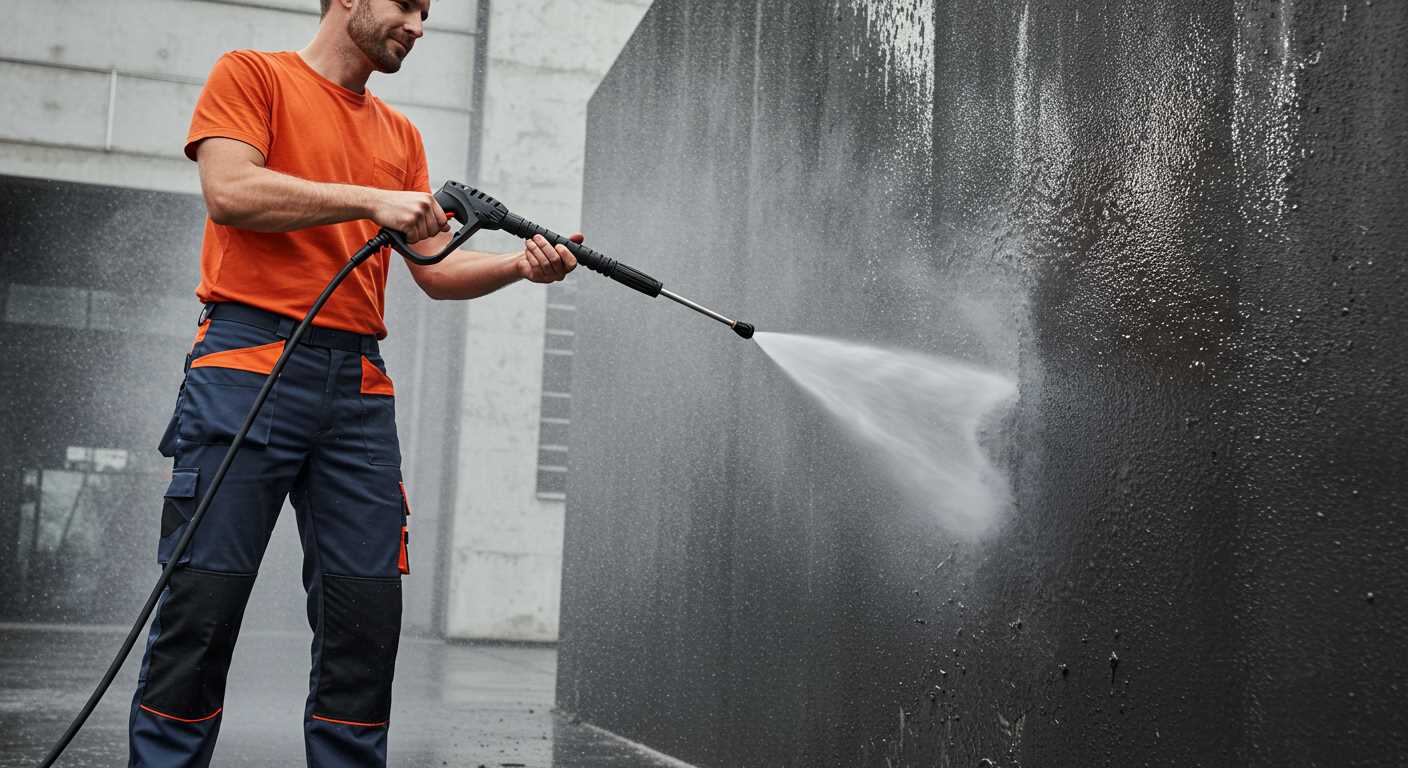
Always wear protective gear. Use goggles to shield your eyes from debris and splashes. Heavy-duty gloves protect your hands from high pressure and sharp objects. Non-slip footwear will help maintain grip on wet surfaces.
Site Preparation
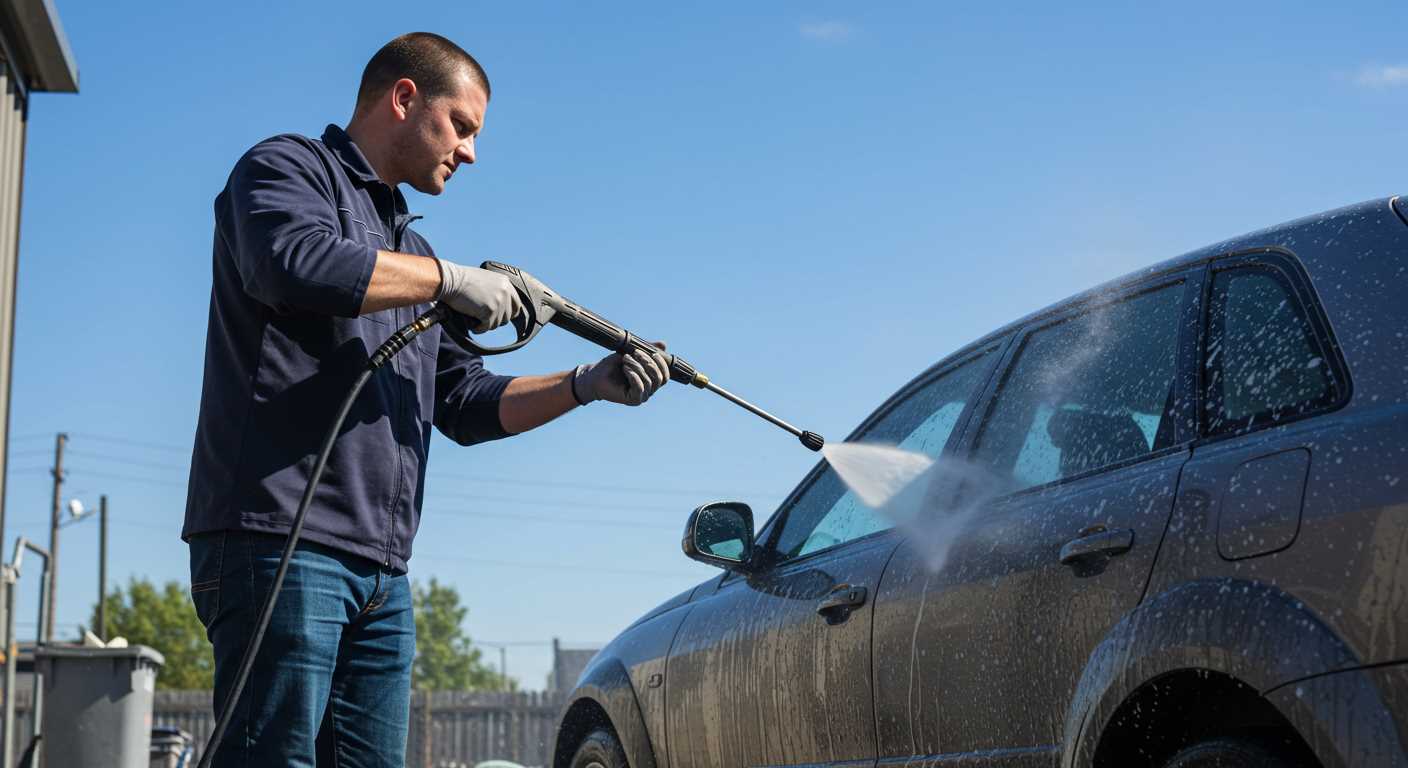
Clear the working area of any obstacles. Move furniture, plants, or any delicate items that could be damaged by water or excessive force. Ensure that pets and children are kept at a safe distance, ideally out of the vicinity during operation.
Operational Guidelines
Before activating, carefully inspect the unit for any visible damage or leaks. Maintain a safe distance from surfaces; hold the lance at least two feet away from the object being cleaned. Never point the nozzle at yourself or others. Avoid using ladders while operating; instead, use extension wands for hard-to-reach areas.
Be aware of electrical hazards. Ensure the extension cord is in good condition and rated for outdoor use. Additionally, never use the device in rainy weather or on wet electrical outlets.
Lastly, understand the machine’s settings thoroughly. Adjust water pressure according to the task at hand; using too much force can lead to injury or damage to surfaces.









